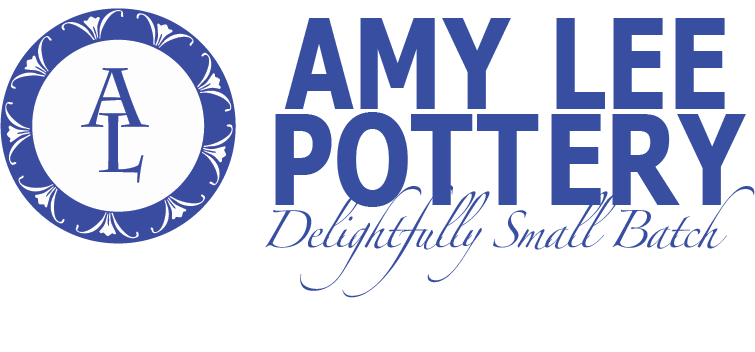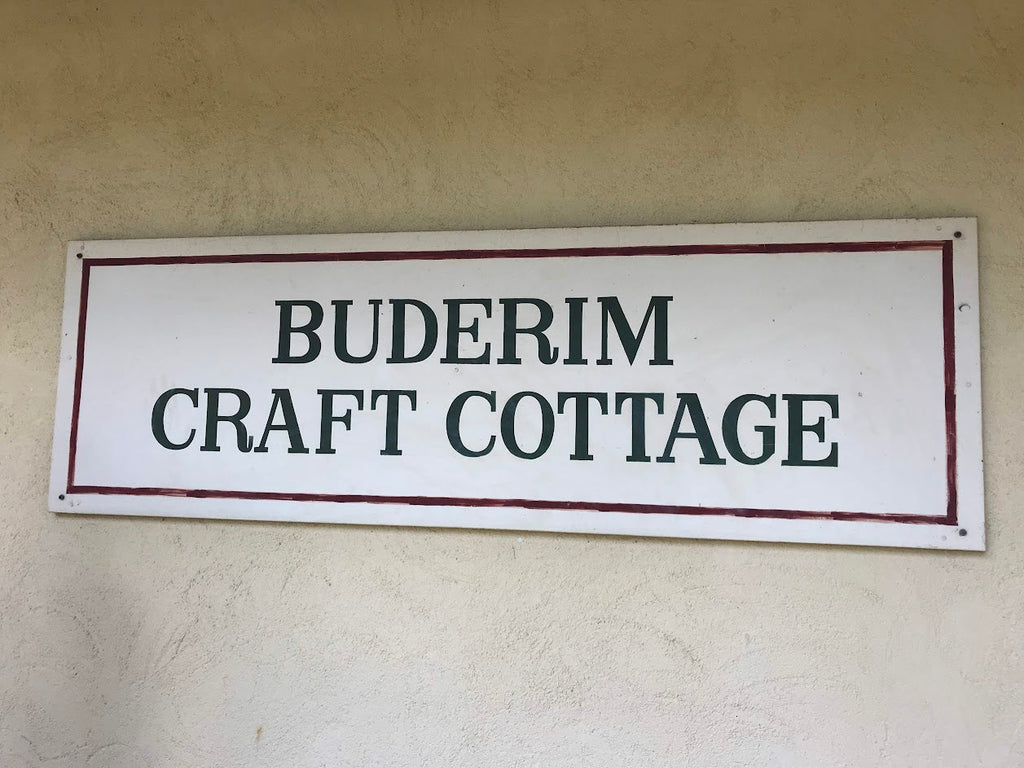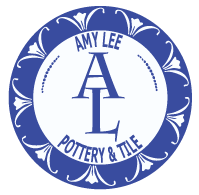Colorful Cheap-O Imported Wheels - Pros and Cons - by Amy Lee

Hi, I'm Amy Lee. I love making pottery. I also love new tools, but I'm quite new to providing tool-reviews. Here goes!
Have you seen the ads for what appear to be cheap-import wheels? They come in a rainbow of colors. The price point is incredibly tempting. I saw one of these posted during a stressful drive across the Bay Bridge Tunnel in high winds, I hit 'buy' - thinking it was being added to my cart, but in reality the site had my credit card information and I became the owner of one of these wheels!
It took about a month to receive the package and the box looked crushed enough that I was afraid it might be damaged inside. It wasn't though; the interior packaging held things together quite well.
It came boxed with minimal instructions, all labels in Chinese (translatable with a Google Translate picture easily), a power converter, and unassembled feet. Everything else was good-to-go.
See the clip below for the unboxing and commentary. This is me unboxing the wheel as it arrived so you can see exactly what you will receive if you too decide to buy one.
In this second video, I have now assembled the feet on the wheel. Without the feet, the wheel would not turn off when on the floor. I intended to make a joke saying this wheel is not Tony Stark powered (came out Tony Stewart, and it's not as fast as him either!). It has a simple belt-driven wheel head. The splash pan is poorly constructed and will easily leak. The guts under the wheel are exposed - so care with respect to water should be taken.
This wheel was marketed as 500 Watts (translates to approximately a little over 1/2 HP). After trying this wheel, I certainly would stay away from the wheels that are marketed in the 250-300 Watt power category. If you are used to working on an electric wheel like Shimpo, Pacifica, Bailey, Brent, etc., the 250-300 Watt power category will not even be worth trying in my opinion. The wheel information is not marketed with any torque information. Based on trying this wheel with 1.5 lbs. of clay, the torque is okay for smaller amounts of clay. I think as the clay weight increases the lack of torque will be noticeable as will the speed at which the motor burns-out.
This 500 Watt version is often sold for $250-$350 with shipping included. I can understand why it is tempting since it is 1/3 to 1/4 of the price-tag for a new 1/3 HP or 1/2 HP wheel from recognizable US brands. However, I suspect over time, the motor on this wheel will not hold up to heavy production, larger clay weights, and in particular would not hold up to the rigor of a teaching studio. I will have to test that theory and see how quickly I can burn-out the motor on this one.
The wheel is 'munchkin sized'. It is about 1/2 the height of a traditional electric wheel. Perhaps if throwing on the floor it would be easier? In the video, I laugh because the slightest bend or movement to the side, or merely stepping on the foot pedal will tip this wheel over. This may be overcome by bolting the wheel to a table-top. I'm not sure if perhaps this wheel is intended for a child or person with a smaller stature? It may work better for someone who is smaller scaled like it is!
For comparison, I threw the same 1.5 pound cylinder on a used Thomas Stewart electric wheel that is 1/3 HP motor. The torque is significantly better on this older wheel that is a staple in my studio.
In conclusion - The Pros - The Cons -
Pro - It's cheap! At 1/3 to 1/4 the cost for a traditional beginner-style potter's wheel it is certainly tempting. At $250-$350 for a 500 Watt (approx. 1/2 HP) wheel - very tempting.
Con - I suspect that the time-value of money may become the larger concern in this respect considering you may need to purchase 3-6 of these per year in order to cover the value in a traditional brand.
Con - Support - there is none! It comes with a one page poorly translated English document and labels that will require Google Translate unless fluent in Chinese. Parts - forget them. Typically belts might be something you can get at an automotive supply store though. Other parts if something breaks...there is not a source readily available.
Pro - It's actually quite speedy. The speed comparison between this wheel and my old Thomas Stewart is noticeable.
Con - The torque is lacking. If you increase clay beyond 1.5 pounds, or put a pounding on this wheel with high-production or in a classroom setting - this wheel is likely to wear-out quite quickly.
Pro - It comes with a splash pan that is removable.
Con - The splash pan leaks and does not fit well.
Pro - It is lightweight and transportable.
Con - You can knock it over when turning it on and off with the foot pedal! (This may be overcome by bolting it to a tabletop - TBD)
Pro - It has a small footprint.
Con - It is too small to sit at a regular height for the average 5'7" person. It also does not have an easy place to put tools or water.
Overall - I was surprised by the speed of this wheel. I didn't expect it to have quite the speed it did, but as mentioned previously it was listed as 500 Watts - not the 250 or 300 Watts many similarly colorful wheels are marketed as. The torque is lacking. I'm going to see if I can bolt it onto a tabletop and put it into some production runs to see how long the motor might last, so stay-tuned for that!
Bottom line - If I had my choice between purchasing this wheel or waiting a year or so until I had the money to purchase a supported recognized brand wheel, I'd wait.
Clayfully,
Amy Lee
amy@amyleepottery.com
https://www.amyleepottery.com
@amyleepottery on Insta
facebook.com/amyleepottery






Comments (1)
Thanks so much this was extremely helpful!